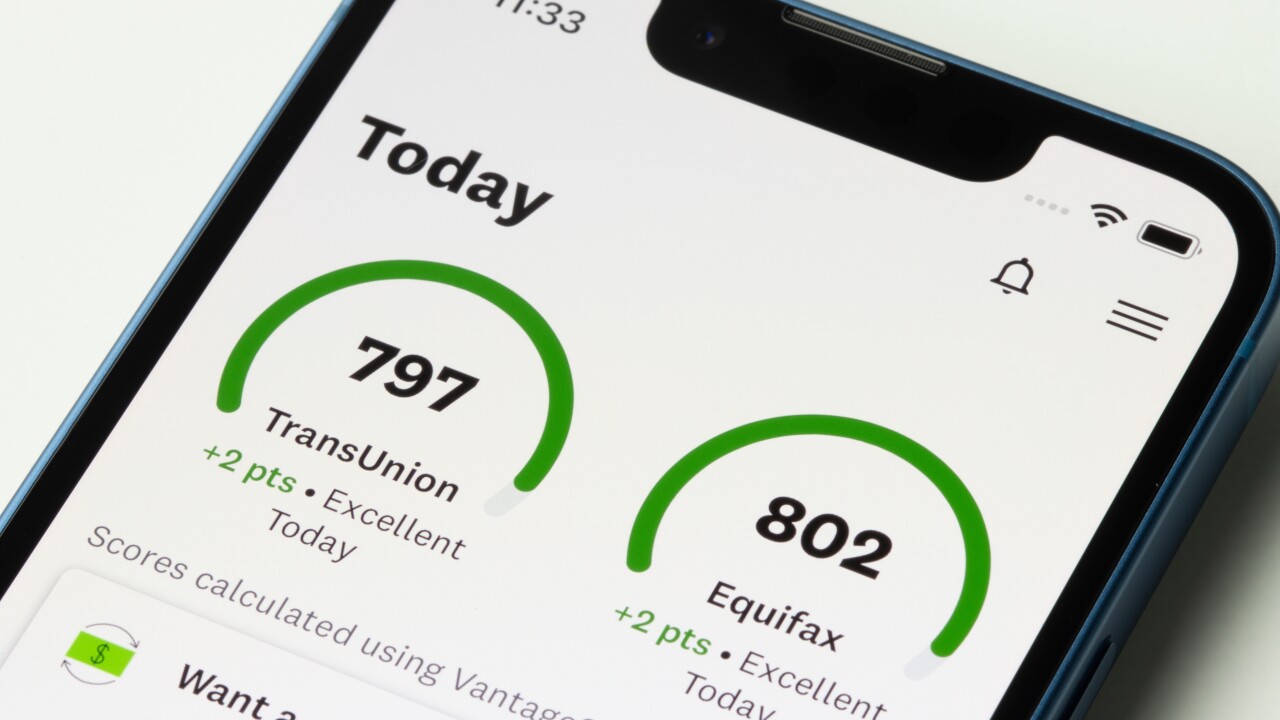Federal Reserve officials meeting earlier this month saw an interest-rate increase in the near term even as divisions persisted over the policy path forward amid tepid inflation.
"Many participants thought that another increase in the target range for the federal funds rate was likely to be warranted in the near term if incoming information left the medium-term outlook broadly unchanged," according to minutes from their Oct. 31-Nov. 1 gathering, released in Washington on Nov. 22.
Policy makers held rates steady at the meeting but

The minutes showed that while Fed officials remain confident in the labor market and above-trend economic growth, several are looking for stronger signs that price gains will pick up. A few even want to see inflation on an upward path before lifting rates again, underlining a persistent divide on the policy-setting Federal Open Market Committee.
Stocks stayed lower, the dollar declined and yields on two-year Treasury notes dipped after the minutes were released. With a
Officials have been projecting three rate increases in 2018, but that outlook could be called into question if economic data fail to meet Fed expectations. Analysts are watching closely for any signal that central-bank officials will mark down their outlooks when they submit economic projections at their Dec. 12-13 meeting.
"How far are we from the end? That’s really the unanswered question in this market," Gennadiy Goldberg, a rates strategist at TD Securities in New York, said before the minutes were published. "Anything that changes the status quo for 2018 is interesting."
Inflation has averaged 1.6% so far this year after stripping out volatile food and fuel, and it came in at just 1.3% in September, stubbornly below the Fed’s goal.
Many participants observed that low inflation "might reflect not only transitory factors, but also the influence of developments that could prove more persistent," according to the minutes. On the other hand, a few said there could be "increasing upside risks" to inflation as the labor market continues to tighten.
Even as inflation baffles policy makers, they are on the lookout for asset bubbles after a long period of low interest rates. Several participants "expressed concerns about a potential buildup of financial imbalances," adding that a sharp reversal in asset prices could hurt the economy, according to the minutes.
Several participants said businesses seemed to be more inclined to invest, and "it was noted" that tax reform could boost capital expenditures. A few said the prospects for “significant” tax cuts had improved.
The meeting concluded a day before President Donald Trump announced he





